Hoh Xil, which means "beautiful girl" in Tibetan, is a plateau between the Kunlun and Tanggula mountain ranges with an average altitude of 5,000 meters.
However, Hoh Xil's beauty is marred by the harsh climate and extreme natural conditions, turning it into a "forbidden zone for humans."
Even Tibetans, who have already adapted to plateau life, seldom set foot in this desolate region.

CGTN Photo
For a long time, people barely knew anything about Hoh Xil. Only stories about its infertility and horrendous environment circulated. In scientific circles, many aspects of the place still remain a mystery, with few people every getting close to it.
However, there is one man who dares to live in this barren plateau. Former explorer and photographer Xin Yang has always worked in places with an altitude of 4,500 meters.
His grey beard and long hair have become his signature style and his natural protection from blizzards and ultraviolet rays.

Yang Xin. /By CGTN
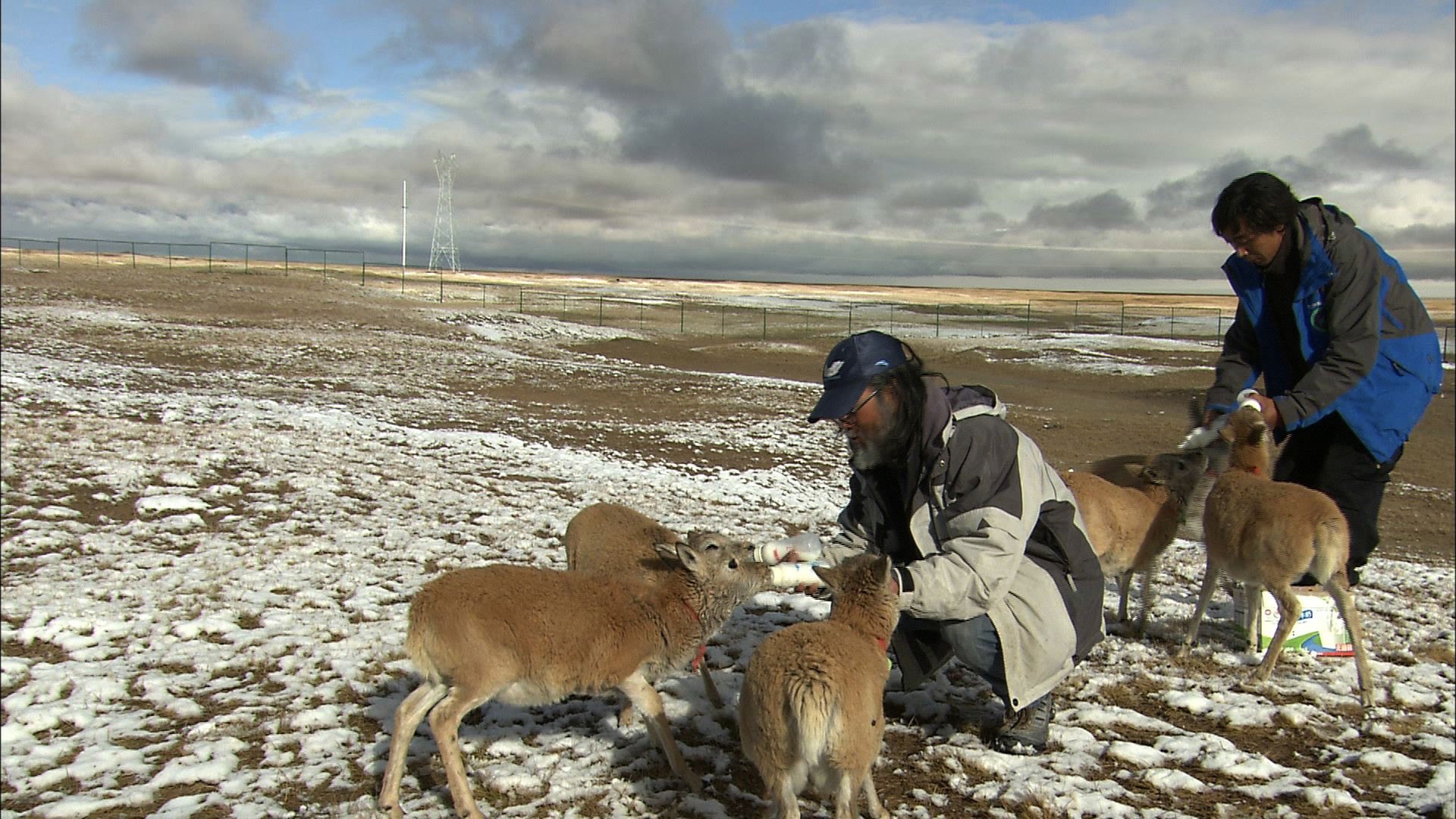
CGTN Photo
Yang has witnessed ecological crises happening around the source and banks of the Yangtze River, such as glacial ablation, deterioration of grasslands and poaching.
He gradually became aware of the fragility of nature and man's responsibilities.
A rafting expedition in Tiger Leaping Gorge linked his fate to this mysterious and ancient water vein.
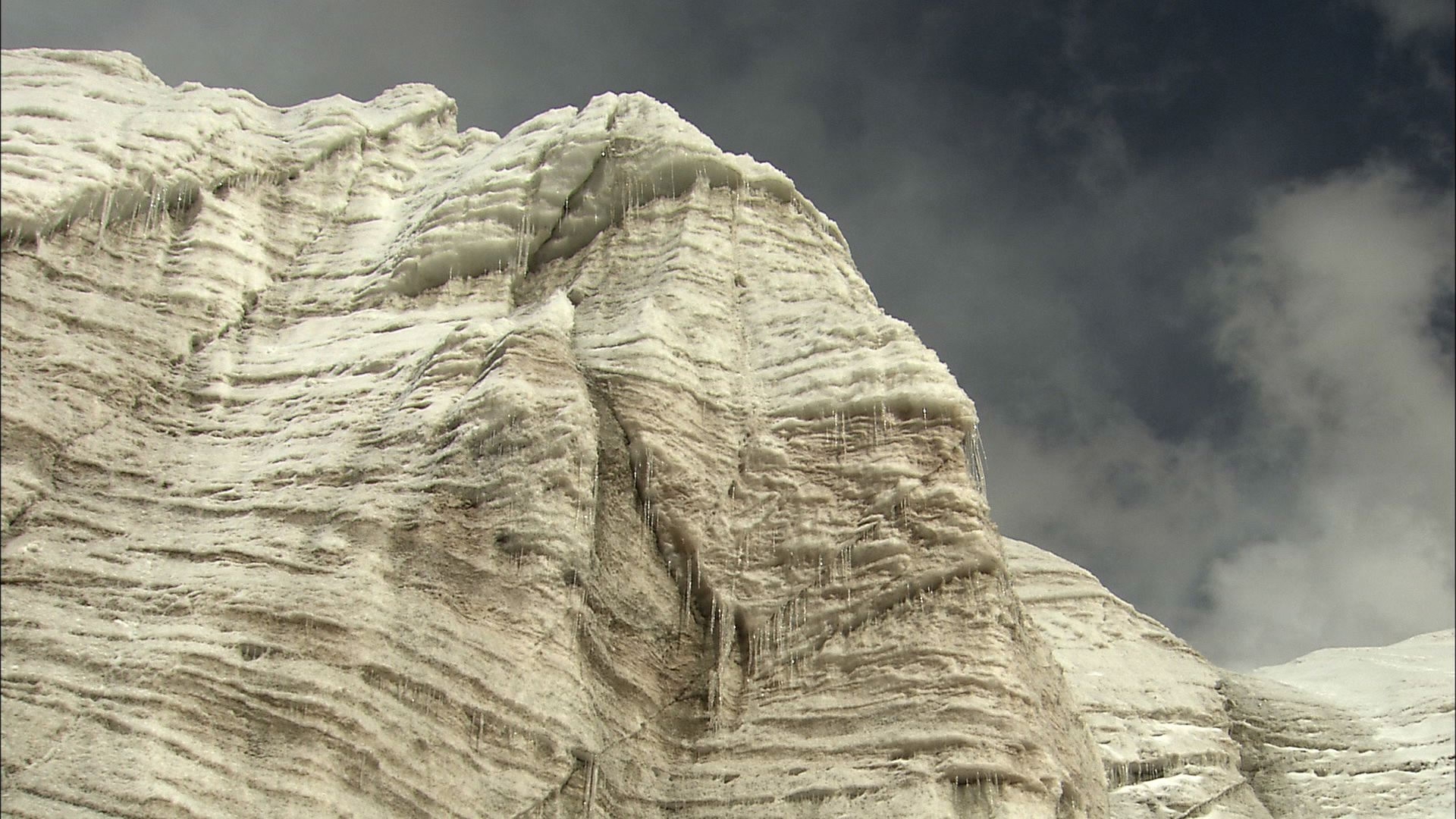
CGTN Photo
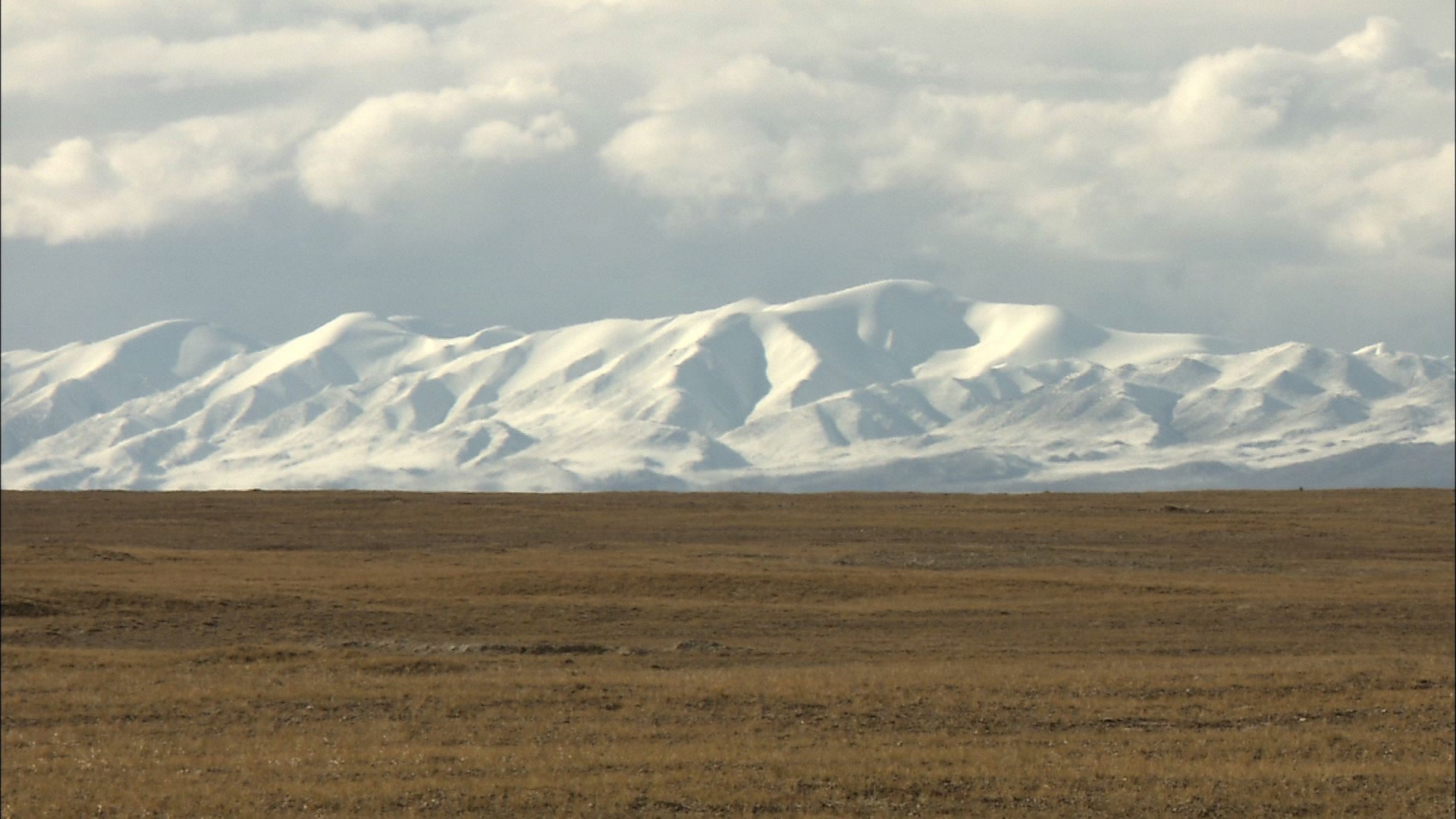
CGTN Photo
In 1986, Yang joined the China Yangtze River expedition rafting team. The 6,300-kilometer journey lasted for 175 days and 11 lives were lost.
It was the first rafting expedition on the Yangtze in history. As a survivor, this young man chose to stay in the Qinghai-Tibet Plateau region. Since then, Yang gradually became an environmentalist and began to engage in the ecological protection of Hoh Xil and the Yangtze River.

CGTN Photo
In the 30 years of Yang's environmental career, he has witnessed the destruction of ecotypes around the source of the Yangtze River and Hoh Xil.
Yang and other environmentalists overlapped aeromaps and remote sensing maps and came to the conclusion that the biggest glacier in the source of Yangtze River had shrunk at least 4 kilometers in 40 years.
"Glaciers are crucial for local people and the environment, as they are like the blood of the plateau. Melted ice from the glaciers feeds local grassland and forest, then creates the conditions for human beings to live and thrive. There would be a huge environmental change if we lose the glaciers and people who live nearby may become ecological refugees someday," Yang said.

CGTN Photo

CGTN Photo
To protect the local aquatic ecological environment and solve the problem of waste pollution, Yang built the Yangtze River Headwaters Ecological Conservation Station on Ulan Moron, the second nongovernmental natural conservation station in China.
The red building located on the plateau was built by manual workers without any help from heavy machinery.
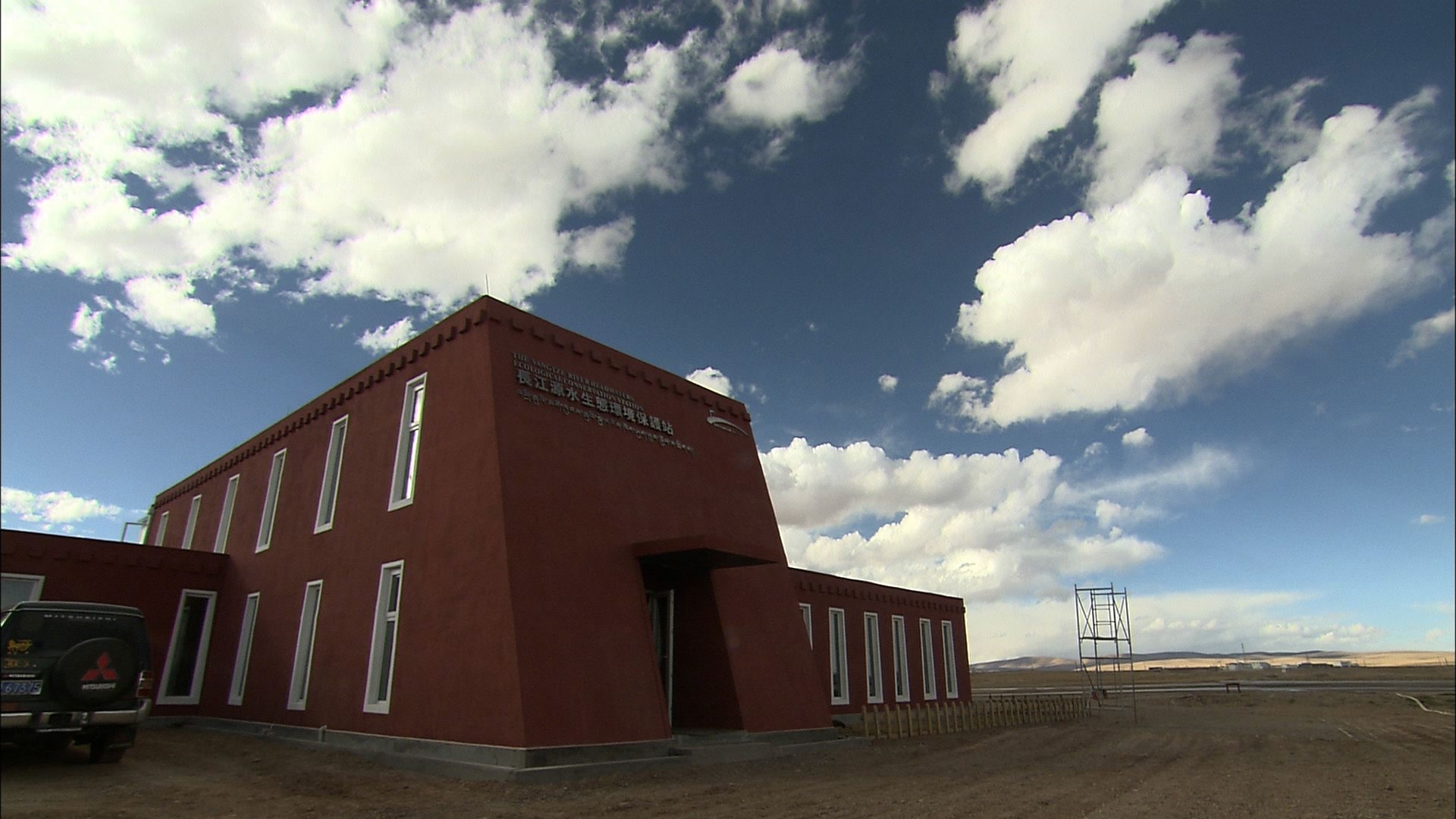
The Yangtze River Headwaters Ecological Conservation Station. /by CGTN
"Environmental protection is like a ray. Once started, it never ends. So does my job. A journalist used to tell me: you must be strong in taking the Yangtze River. I will protect it, I will protect Hoh Xil and I will protect Tibetan antelopes," Yang said.
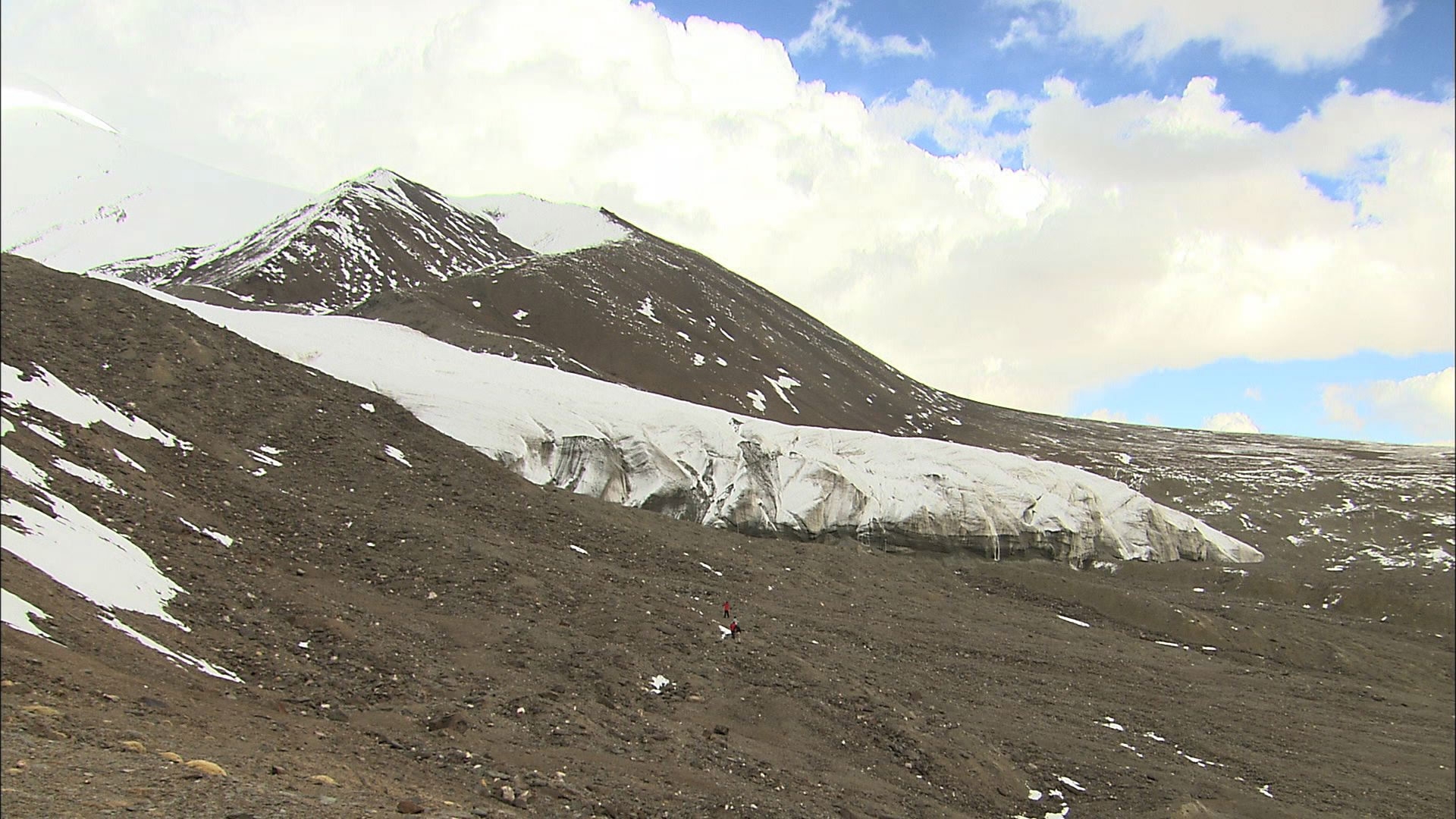
CGTN Photo
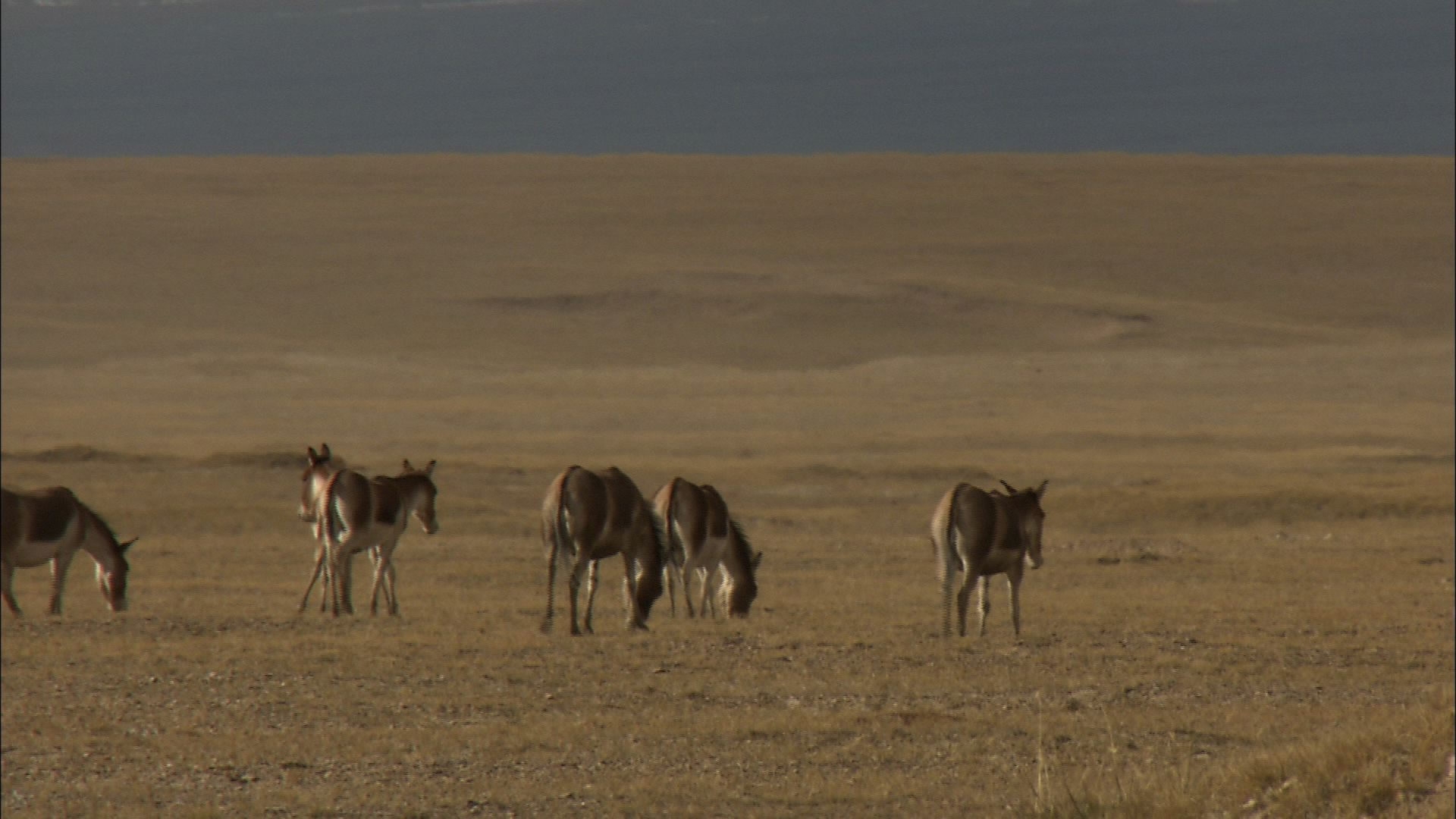
CGTN Photo
Yang traveled along the Yangtze River as an explorer but stayed on as an environmentalist.
"The glaciers live long and the river runs through the ages" said Chinese National Geography magazine.
Without the help of people like Yang and the Green River Organization, it's perhaps hard to believe that these "immortals" may also vanish someday.

The story is one in "The 1.3 Billion" series exploring the diverse lives that make up China.


